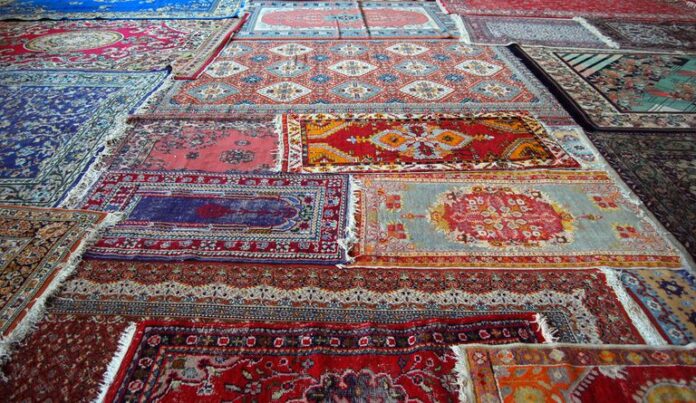Prayer rugs are a sacred item in a Muslim home, as it is used five times a day to pray. But there is more to it, from its fascinating history to even the types of prayer rugs you can hang to decorate your home.
Early Years
Prophet Muhammad was the first to start using the ‘Khumrah‘ for prayer. Khumrah is a mat made of palm fronds. With the spread of Islam across the continent, these carpets were reportedly being carried about by 14th-century travelers. Muslim leaders began customize their prayer rugs by requesting rugs from the greatest artists in court. They were then used as a symbol of power and as gifts during the Ottoman, Safavid, and Mughal dynasties. Rugs came to be thought of as national treasures, traded and used as items of ordination and associated with Islam. Some priceless ones even found their way in Christian Churches! As it became more and more popular, it has gained many monikers from each part of the world. In Arab, it is known as Sajjādat aṣ-ṣalāt, while the Urdu/Persian equivalent is Janamaz. Other commonly used words are Sajadah, Pasahapan, and Namazlyk.
Now…
Nowadays, the use of rug as a medium for prayer has increased, and that as an item for decor has decreased. Yet the reverence of the prayer rug has not decreased in today’s world. Undoubtedly these rugs are one of the most revered Muslim household items. Today, the prayer rug has been wholly associated with the Islamic religion and the connection to other religious groups seems to have faded.
Design

To the untrained eye, it might be hard to distinguish an oriental rug from a prayer rug. But the difference can be found in solid colors or geometric, floral, and arabesque patterns. Prayer rugs usually have an Islamic landmark embedded upon them. This ranges from the Ka’aba in Mecca, Al-Masjid e Nabawi in Medina to the Al-Aqsa Mosque in Jerusalem.
But not only that, as it’s also common to find a rug with abstract patterns. But one thing that signifies a prayer rug-which is the Mihrab. It is usually the shape on top of a mosque, which also signifies the direction for the performance of prayer and also where the head is placed during prayer. The representation of the Mihrab varies, whether it’s in abstract form or an actual depiction. A few rugs may have imprinted hands on either side of Mihrab, in order for new converts to place their hands correctly during prostration. You may think that each aspect of the prayer rug serves a purpose but that is not entirely true. Some rugs just have solid colors imprinted, and the rest is craftsmanship. The only thing certain is that a prayer rug would have an easily distinguishable top, bottom and a Mihrab.
Size of a Prayer Rug
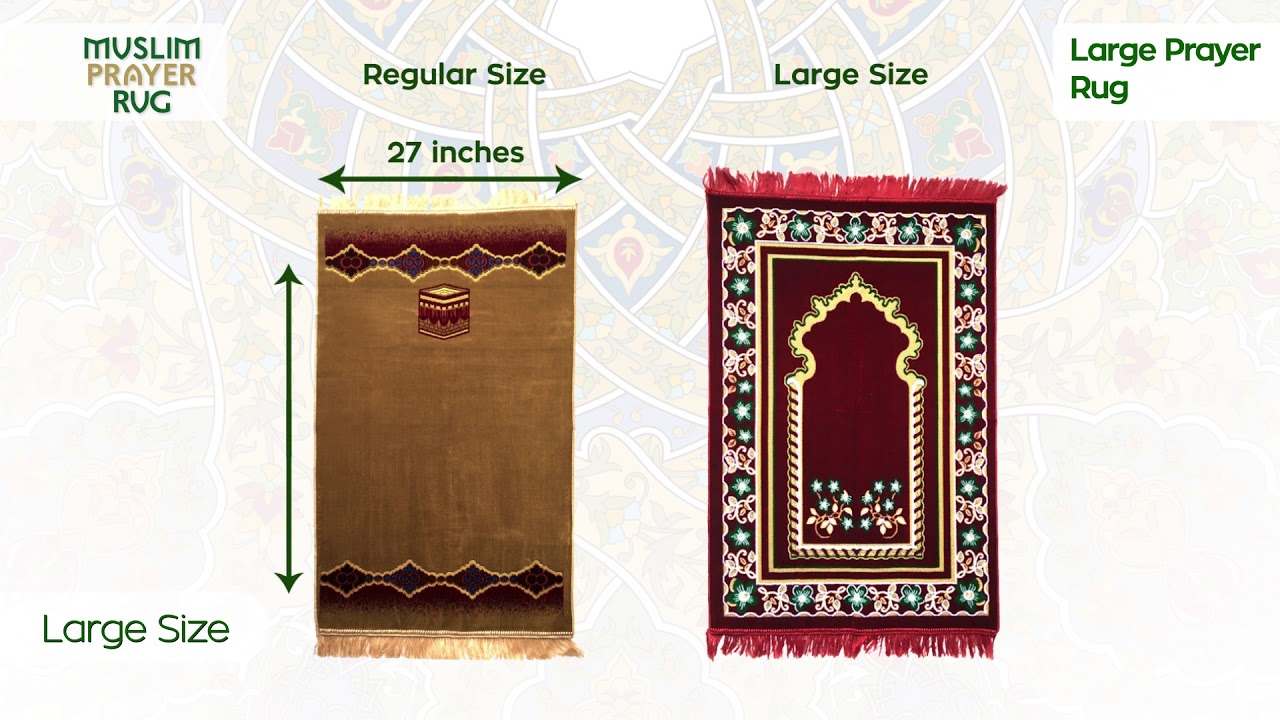
A typical Islamic Prayer Rug ranges from 0.76 m × 1.22 m to 1.2 m × 1.8 m which is just enough for a person to kneel for prostration. This is the general size of the prayer rug, although those who are extraordinarily obese and tall individuals would choose a bigger rug than the average person. In case you intend to buy one as a décor piece, you still need to be careful. A Woolen rug (if yours is one) isn’t the easiest to have hanging on your wall.
Material Used for Prayer Rugs
Prayer rugs also differ depending on the materials used to make it. It is mostly made of cotton or silk, making it cheaper but also more accessible to others in the process. At times, it’s even hand-woven using wool. These are ultimately more expensive and therefore rarely used. Yet the most popular type are palm mats, for the Prophet Muhammad is known to use one. Nowadays there are even multiple-layered carpets aimed at absorbing weight and thereby reducing the pressure on the worshipers’ body.
Different Uses Of Prayer Rugs
Primarily, prayer rugs or prayer mats are used to ensure cleanliness and to offer prayer when in an isolated space. It’s not a requirement for praying, but it’s quite essential to worship in a clean area. As a prayer rug fulfills both these needs, it has hence become a cherished item in any Muslim household.
- Praying
When praying, a prayer rug is laid on the ground with the top part directed to the Ka’aba. If they are done with praying, the rug is folded and put away until the next use. This helps ensure cleanliness of the place where they pray. Plus, most carpets can easily be hand-washed for they are made of cotton. In case yours is a woolen prayer mat, there are the dos and don’ts.
2. Décor
Another use for prayer rugs is for décor. Ones that are chosen for décor usually resemble Oriental/ Persian rugs and looks great on walls. Prayer mats made from wool are almost explicitly used for this purpose only. This practice originates from the Ottoman and Mughal empires when emperors had rugs customized for use in prayer and presented to kings as presents in order to strengthen diplomatic ties.
3. Trade
As prayer rugs are or high value, it used to be items of trade, too. The most highly valued are hand-knotted wool rugs with intricate designs. That’s one reason for rug production in Europe which dates back to the 15-17th century. Trade is part of the reason for the presence of Muslim prayer carpets in Churches!
Types of prayer rugs:
- Traditional Wool Rug
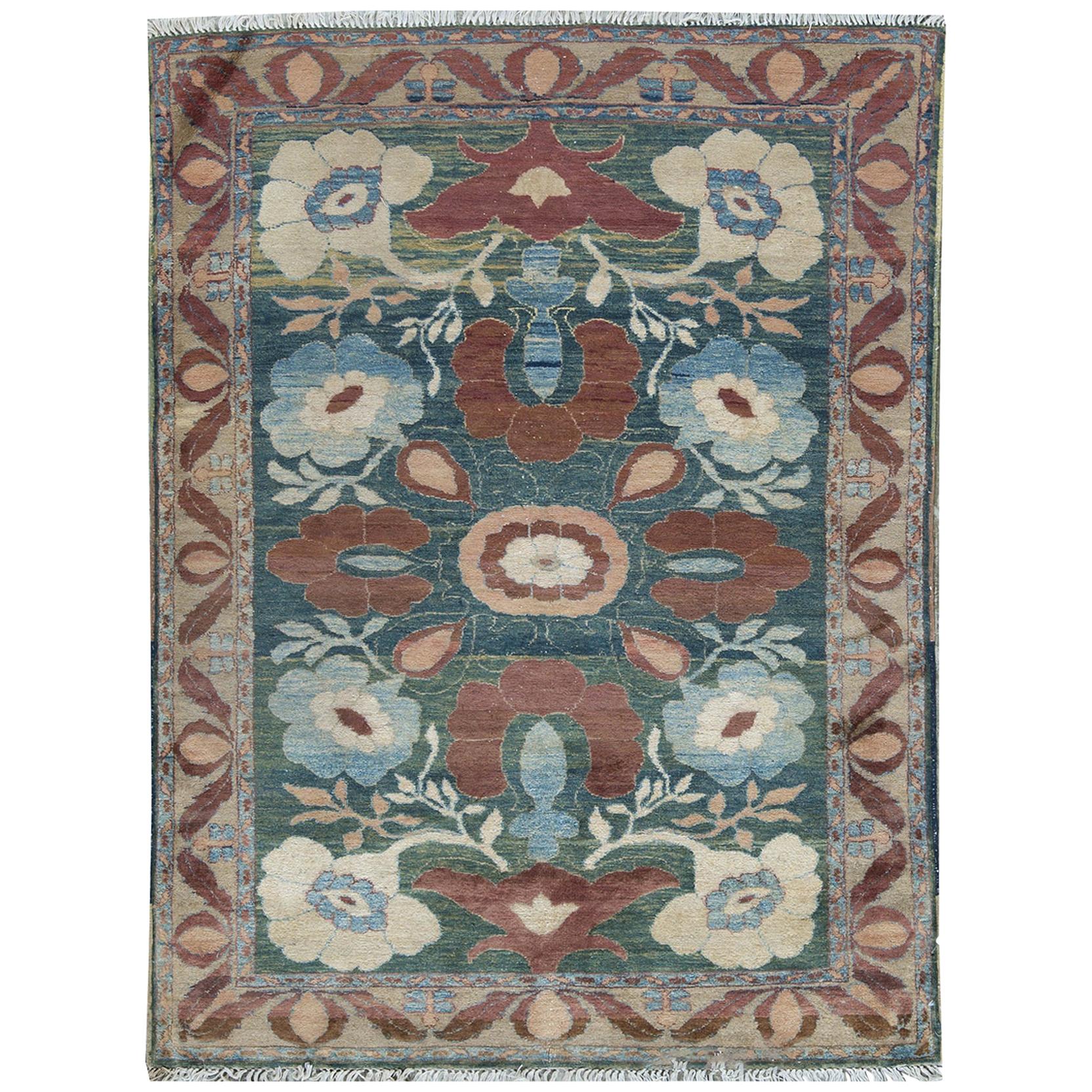
The traditional wool rug generally does not have any fringes, but it’s the most costly type of prayer rug. This is because the wool is often hand-spun and knitted by the weaver, who have taken months to complete that particular rug. The rug uses a wide wide variety of colors with intricate patterns. Due to its beautiful design, this type can be used for any purpose apart from prayer.
2. Mesh Cotton Rug
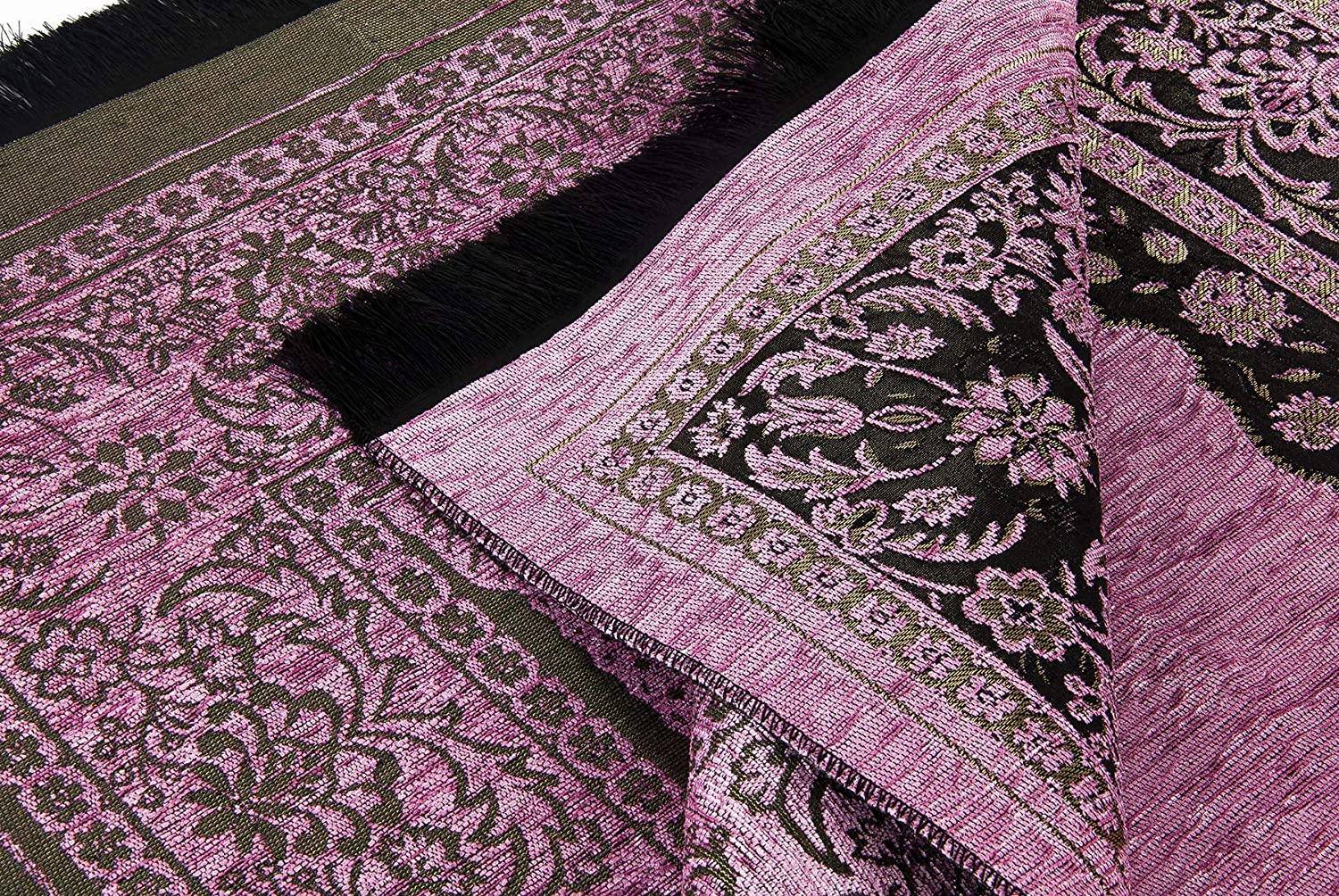
Alternatively, you can also choose prayer rugs made out of cotton cloth. Though this type of rugs is usually not as detailed or ornate as wool rugs and can be more affordable than traditional ones. With mesh cotton rug, it gives a light, airy feel and can also be used for other purposes outside of prayer. But, it’s the most comfortable as well as easy to clean of all types.
3. Jute prayer rug
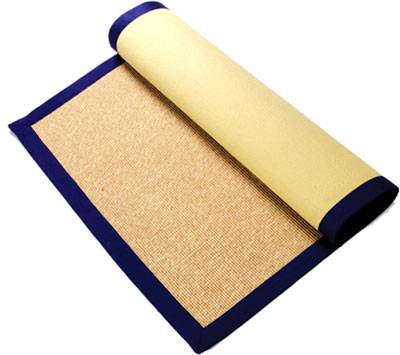
For praying, a prayer rug made of jute is a popular choice as well. These type of rug are usually made in one piece without any seams. It also has the look of traditional rugs with floral patterning or more modern, geometric patterns. These prayer rugs may not have a soft feel, but are inexpensive and easy to clean.
4. Silk prayer rug
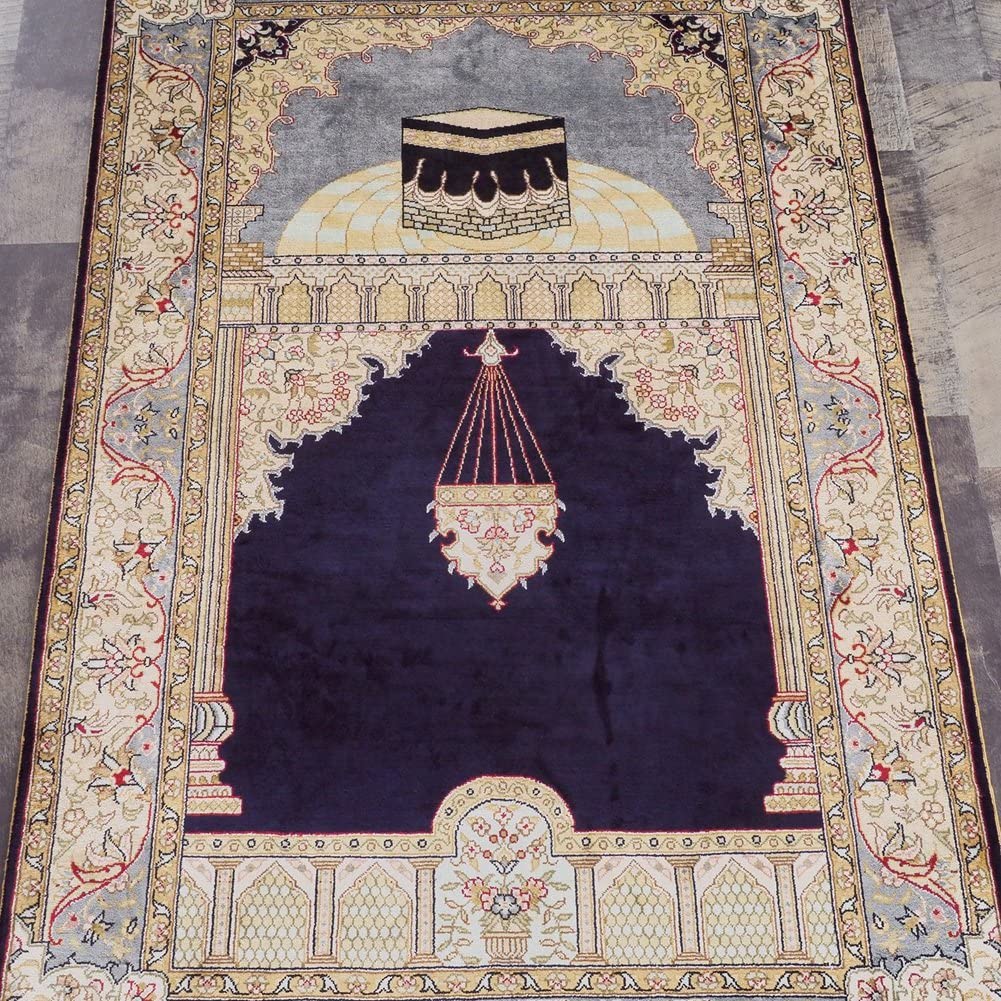
Those looking for something more luxurious can definitely opt for a silk prayer rug. Prayer rugs made out of silk is one of the most luxurious types and can provide a soft, comfortable surface to pray on while also providing an elegant look. The patterns and designs used are usually very simple, but in comes in an array of different colors from light blue to dark red. Despite being more expensive and are more difficult to clean, you can opt for this type if you want something luxurious.
5. Oriental prayer rugs
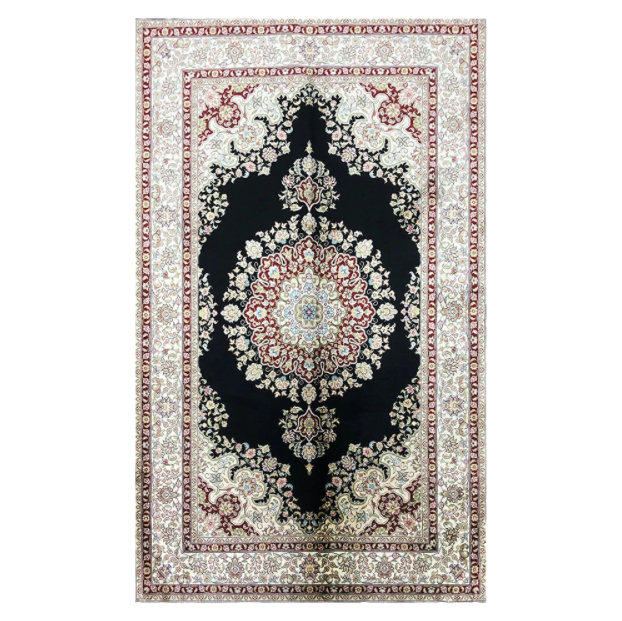
Oriental prayer rugs typically have a more traditional feel, as it is something that has been around for hundreds of years. It also uses the finest materials made with wool and has an intricate, artistic design. For that, these types of rugs look great in any room and is highly valuable depending on the size of the rug you purchase.
6. Sisal prayer rugs
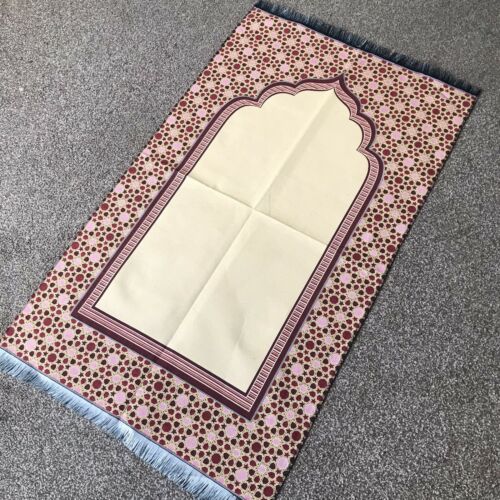
One type of prayer rug which are environmentally friendly is made out of sisal, called sisal or seagrass prayer rugs. This prayer rugs are made from plant fibers and are most popular in the Americas. Their popularity is understandable, for it’s durable, environmentally friendly, affordable, and comes in a variety of colors to choose from. Using this natural fabric as a prayer rug is a great way to bring natural textures into your living space.
7. Turkish prayer rugs
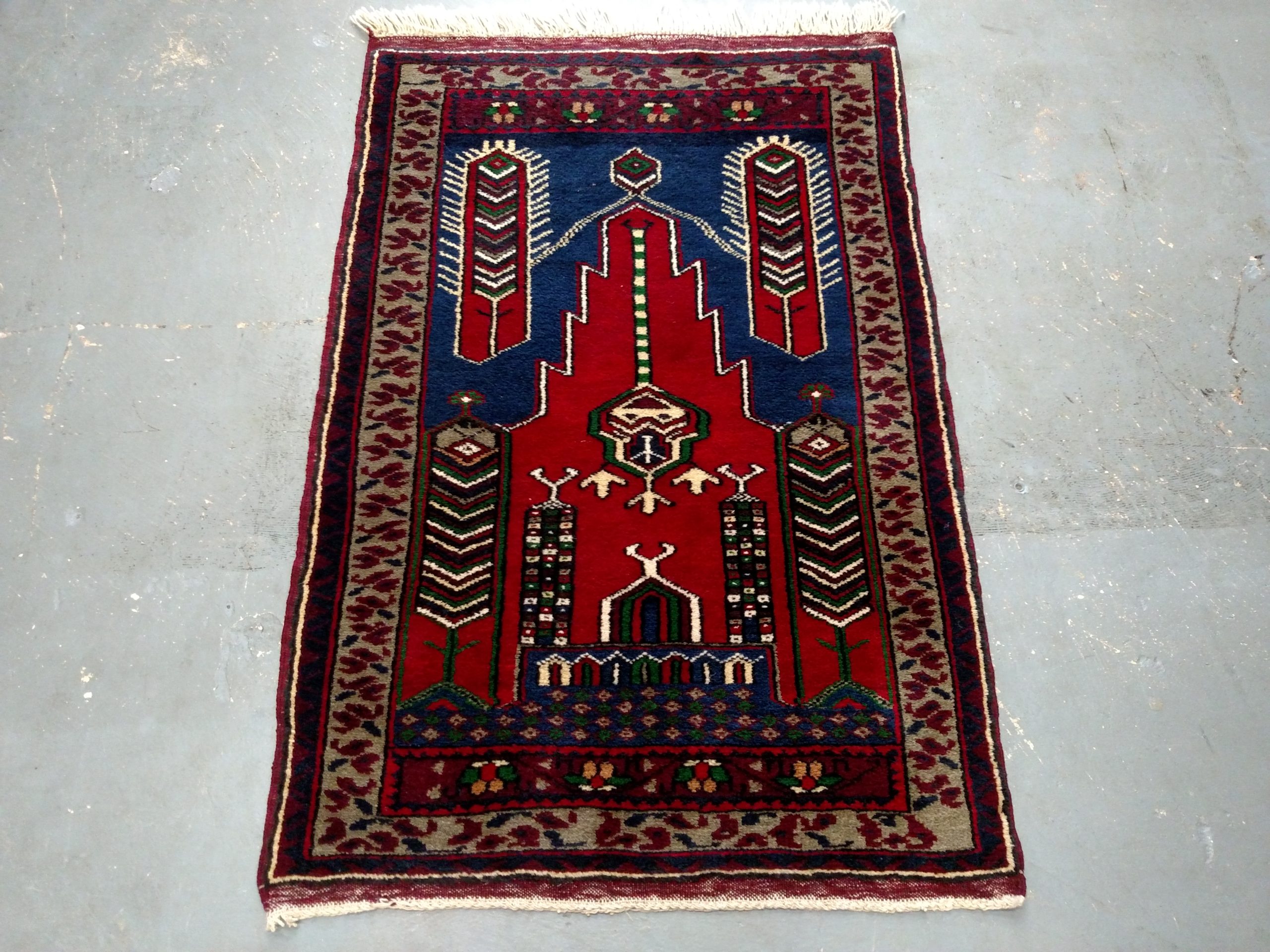
Another luxurious type of prayer rug is the Turkish prayer rug. The material used is wool and come in a variety of colors. It’s also for that reason that it’s also more expensive than other types of prayer rugs. Turkish-style rugs will add an elegant touch to your prayers as well as provide you with a little bit of luxury for those who want it. Additionally, these rugs are durable and easy to clean.
8. Persian prayer rugs
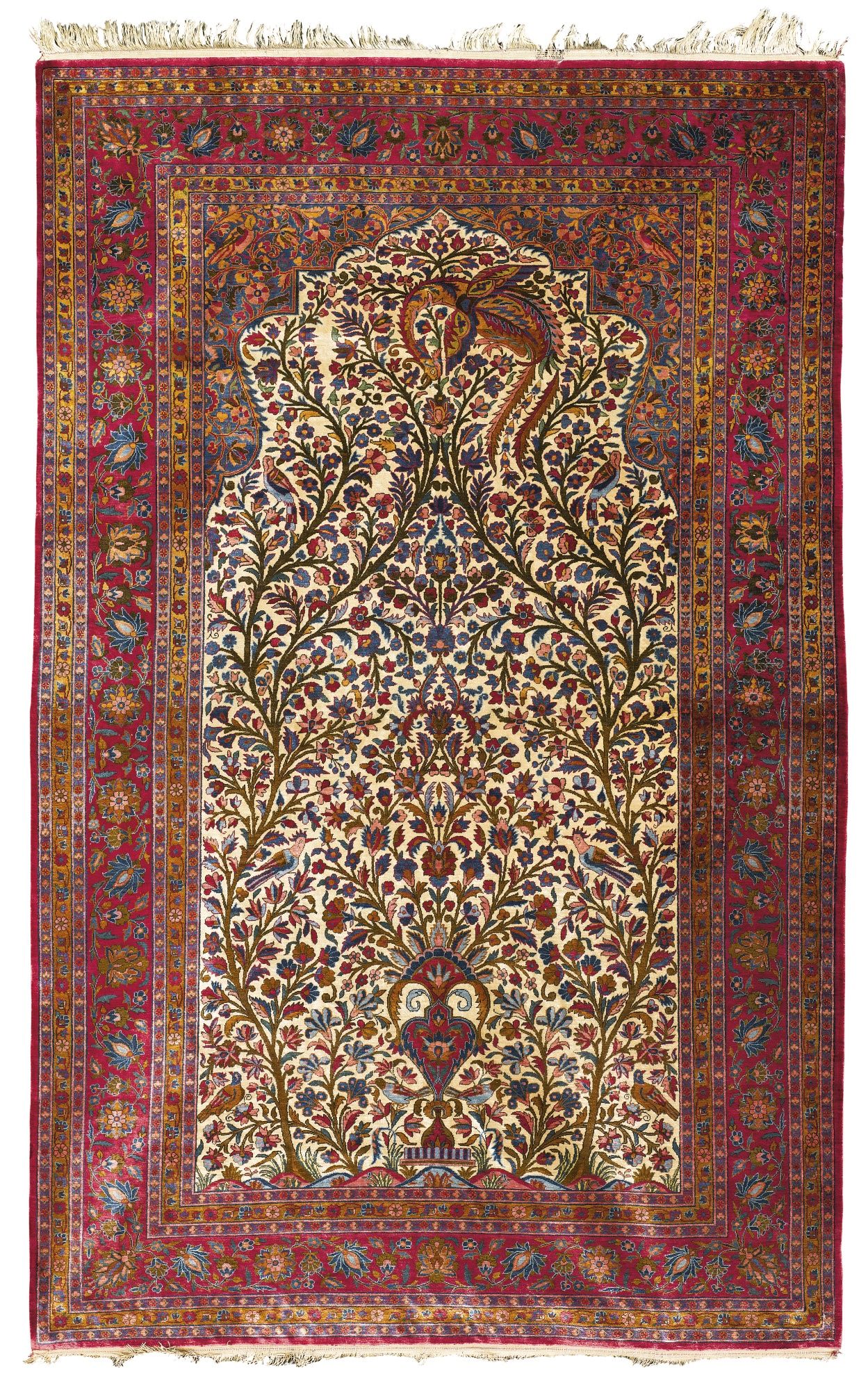
Persian prayer mats are use vibrant colors and are typically made from silk. These prayer rugs will add a beautiful spice to your living space, as well as be an excellent addition to any room they’re used in. Even though it’s quite expensive, it’s also the most popular type of prayer rug in the world.
9. Padded prayer mat
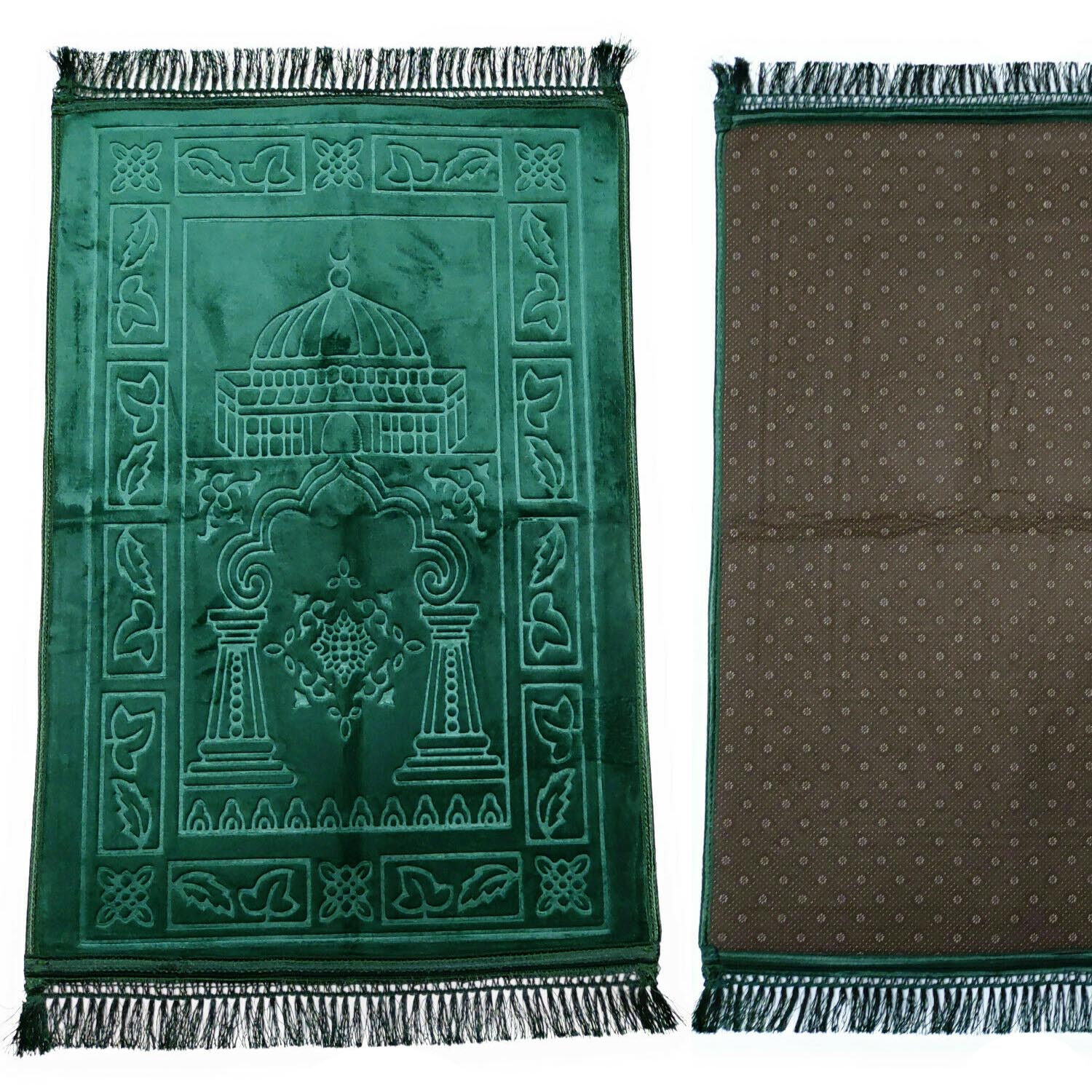
This type is less popular but are healthier for the knees. When someone prostrates, it can burden the knees. Which is why padded prayer mats are made, with foam padding that makes your prostrations a lot easier to do and more comfortable on the knees. A rug pad could also be added to any type of prayer rug for extra comfort.
How to Clean Prayer Carpets?
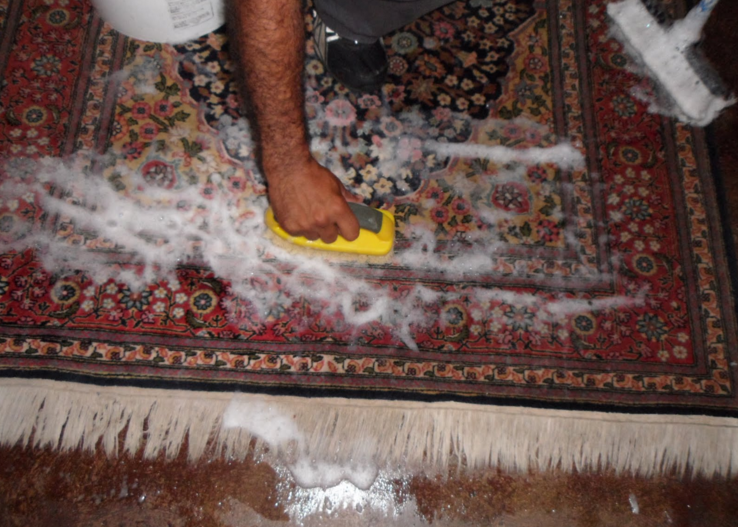
Whether you’re using it for worship or as a decorative article, the rug under your feet can get dirty. There are three things you will need to clean it: a vacuum cleaner, baking soda and white vinegar. This helps remove any dirt or grime which has accumulated on the surface of your carpet through daily use.
Place and lay your rug in the clean locality.
Clean your rug from time to time. If you own a cotton rug, it would be a walk in the park. Just deep clean it! Silk and wool rugs can be a bit hideous! While Silk rugs require dry cleaning, you can clean your wool rug by vacuuming it once in a while.
Clean any stain as soon as it occurs. Once a stain sets in, it is difficult to remove. Each kind of spill has its remedies.
Avoid smoking around the rug. Smoke odors embed themselves in the rug and cause discoloration. Avoid smoking in general, but be extra cautious in the vicinity of prayer carpets.
Don’t let the rug get wet. If it does, you can dry clean or spot wash it depending on the extent of dirtiness.
Spot washing is a quick process where you just dip a cloth in detergent and water and rub at the stain lightly until it’s gone. This should only be done if there are no chemicals involved in your spill, like from paint or other household cleaners.
Dry cleaning is done by taking the rug to a professional cleaner and letting them do it right there on site. It’s more expensive but faster than washing your own rug at home.
Rugs should be flipped over regularly so that they wear evenly if you have woolen prayer rugs without the pile.
Always remember to cover the prayer rug with another clean cloth when not in use.

